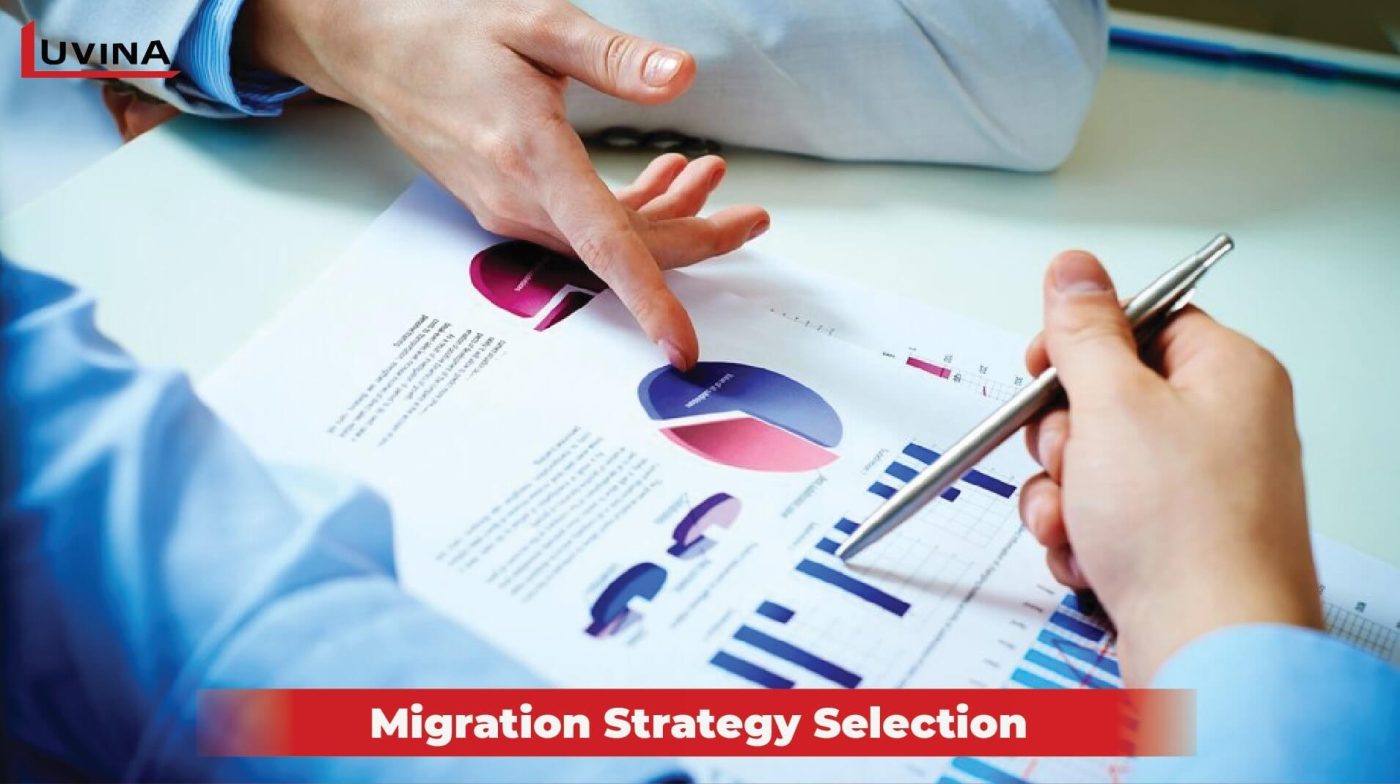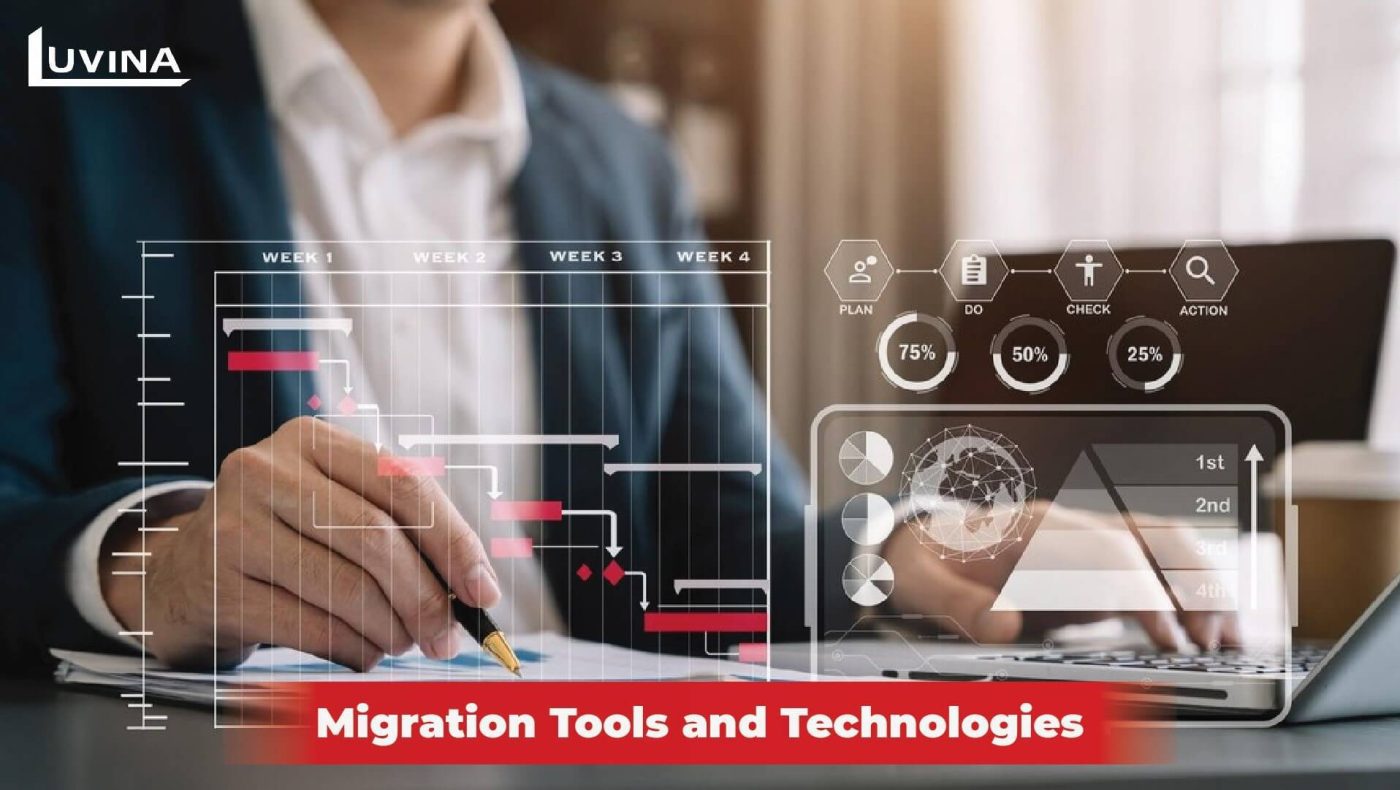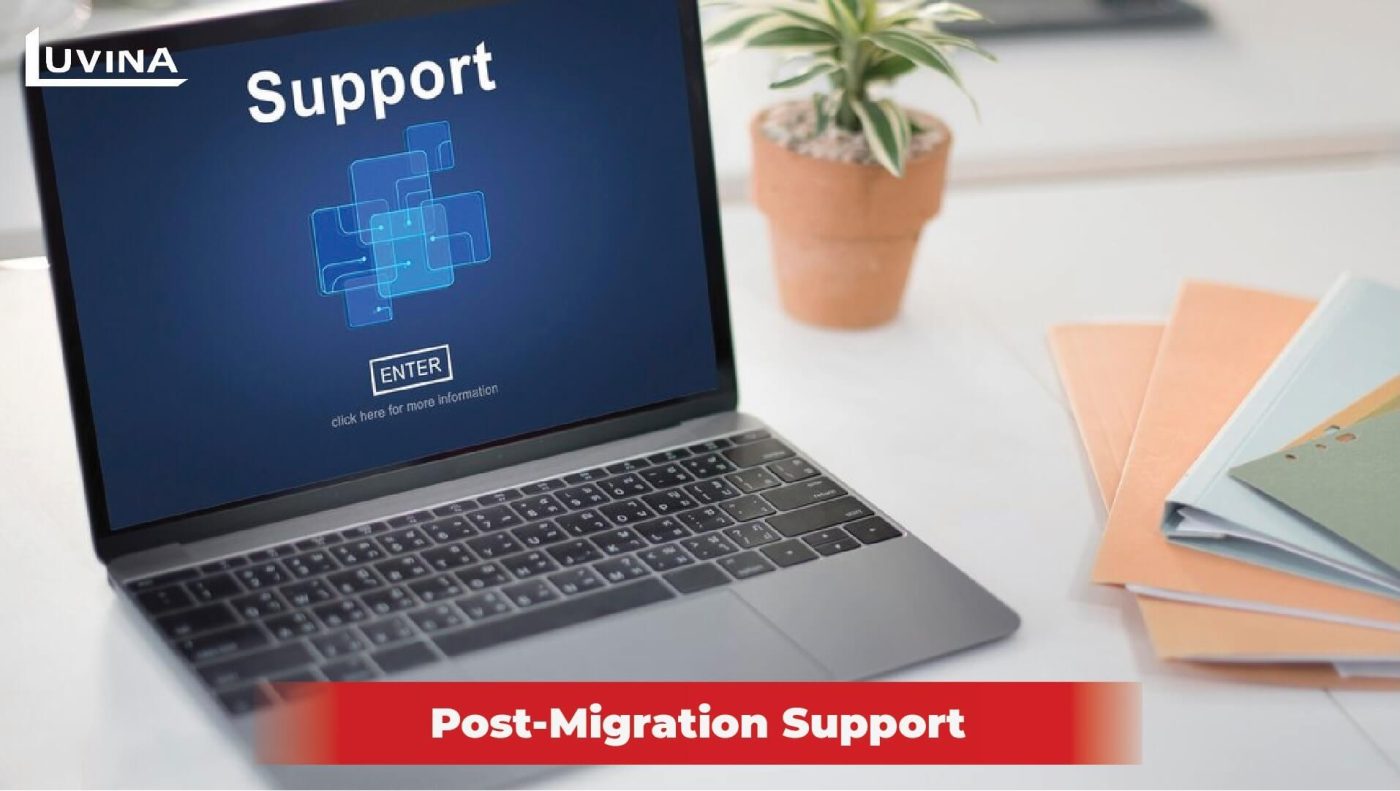Modernizing legacy applications is a strategic move for businesses aiming to stay agile and competitive in the dynamic tech landscape. However, the journey from legacy systems to modernized solutions requires a meticulously planned and executed migration process. In this guide, we delve into five essential steps for effective legacy application migration. Explore expert strategies and insights to ensure a smooth transition while maximizing the benefits of modern software architectures.
Introduction to Legacy Application Migration
In the fast-paced landscape of modern technology, the term “legacy application migration” has gained profound significance, representing a pivotal phase in the lifecycle of business software. Legacy applications, once the backbone of organizational operations, now confront numerous challenges stemming from technological advancements, changing user expectations, and evolving business needs. This paradigm shift necessitates a strategic overhaul, guiding these aging systems toward contemporary architectures, agile methodologies, and scalable infrastructures.
Legacy application modernization isn’t merely a technological upgrade; it embodies a profound transformation, injecting new life into outdated systems and aligning them with the demands of the digital era. The process involves transcending the limitations of outdated software frameworks, overcoming compatibility issues, and adapting to modern standards of security, flexibility, and user experience. This transformation, when executed meticulously, offers a wealth of opportunities: improved performance, optimized workflows, cost efficiencies, enhanced security, and the ability to leverage emerging technologies.
However, this journey is riddled with complexities and challenges. The need to seamlessly integrate existing systems with modern technology, ensure data integrity during migration, and minimize downtime is among the critical hurdles that demand careful navigation. Crafting a successful migration strategy demands meticulous planning, a deep understanding of the existing legacy architecture, and a clear vision of the desired modern state. Through our exploration, we aim to unravel the intricacies of legacy application migration, providing insights, strategies, and best practices to empower organizations in their transformative endeavors.
Evaluation and Assessment
Legacy application migration initiates with a comprehensive evaluation and assessment phase. It involves a meticulous examination of existing systems to identify outdated technologies, functionalities, and architectural constraints. Understanding the core business needs, both present and future stands crucial in aligning the migration process with the organization’s strategic objectives.
Moreover, conducting a thorough data inventory is imperative. This step involves cataloging and evaluating the existing data sets and deciphering their formats, structures, and dependencies. This inventory forms the cornerstone for devising a robust migration strategy that ensures seamless transition while safeguarding critical data integrity. The precision of this assessment phase lays the groundwork for a successful migration journey, offering a clear understanding of the systems in place and the requirements for their transformation.

Planning Phase
When considering the magnitude of legacy application migration, meticulous planning forms the bedrock of success. The Planning Phase entails a meticulous examination and strategizing process, laying the groundwork for a seamless transition.
– Objective Setting: Defining migration objectives is akin to setting sail with a clear destination in mind. It’s not just about moving data; it’s about achieving strategic goals and fostering innovation within your organization.
– Resource Allocation: Beyond financial investment, evaluating the human resources, skill sets, and technological requirements is pivotal. Identifying and ensuring the availability of these resources is crucial for a successful migration process.
– Risk Analysis: In the labyrinth of migration, foreseeing potential challenges and devising a roadmap to navigate through them is imperative. This proactive approach ensures that unforeseen hurdles don’t derail the migration journey.

The Planning Phase encapsulates the essence of preparation – setting objectives, allocating resources, and strategizing for potential risks. This phase sets the stage, laying down the foundation for a successful migration endeavor.
Select Migration Strategy
In the realm of legacy application migration, selecting the right migration strategy is akin to choosing the most fitting path through a complex maze. It’s a pivotal decision that greatly influences the outcome of the entire migration endeavor.
Within the spectrum of migration strategies, there are diverse approaches like rehosting, re-platforming, and refactoring a comprehensive re-architecting approach. Understanding these strategies is vital to make an informed choice.

Rehosting involves lifting and shifting applications from their current environment to a new one, typically without any significant modifications. It’s akin to moving an entire house, furniture, and all, to a new location. This approach is quick and cost-effective but may not leverage the full potential of the new environment.
Replatforming takes a middle-ground approach. It involves making some alterations to the applications to optimize them for the new environment, such as minor code modifications or architecture adjustments. It allows for a more optimized setup in the new environment without completely redesigning the applications.
Refactoring is the most comprehensive and complex strategy. It involves re-architecting the applications to align them with modern architectural standards. This approach can yield the most benefits in terms of scalability, performance, and efficiency but is also the most time-consuming and resource-intensive.
Choosing among these strategies depends on various factors such as the urgency of migration, budget constraints, desired outcomes, and the complexity of the existing legacy systems. Each strategy has its pros and cons, and organizations need to carefully weigh these aspects before making a decision.
There’s no one-size-fits-all approach. The selection of a migration strategy hinges on factors like the nature of the legacy systems, business objectives, and the envisioned outcomes. A meticulous evaluation aids in choosing the most suitable strategy tailored to the organization’s unique needs.
Selecting the migration strategy is a pivotal crossroad in the migration journey. This phase marks the transition from planning to action, setting the stage for the actual migration process.
Tools and Technologies
In the realm of legacy application migration, identifying the right tools and technologies is crucial.
Researching Tools: This involves exploring and assessing various migration tools available in the market. These tools range from those assisting in code translation, and data migration, to those aiding in re-architecting applications. Evaluating these tools against your migration strategy and specific requirements is vital in making an informed decision.
Technology Assessment: Legacy systems often operate on outdated technologies. Analyzing the technology stack of your existing applications and understanding how these technologies align or diverge from the desired post-migration state is essential. This assessment ensures a smoother transition and helps anticipate any technological hurdles during the migration process.
Preparing for Migration
Data Preparation
Before initiating the migration process, it’s crucial to organize and cleanse the data that needs to be transferred. This step involves assessing the existing data, identifying redundant or obsolete records, and ensuring data integrity throughout the migration process.
Legacy System Preparation
Preparing the legacy system involves assessing its readiness for migration. This includes checking for any pending updates or patches, ensuring data backups are up-to-date, and verifying that the system is stable before commencing the migration process. This preparation phase helps minimize risks and ensures a smoother transition.
Migration Process
Execution: With the selected migration strategy in place, the actual migration process commences. This phase involves the implementation of the chosen approach – whether rehosting, re-platforming, or refactoring – to transfer data and functionalities from the legacy system to the new environment.
Testing and Validation: Following the migration, thorough testing and validation procedures are essential. This step ensures that the migrated data and functionalities operate seamlessly in the new environment, minimizing disruptions and maintaining business continuity.
Addressing Challenges
Troubleshooting
Inevitably, challenges may arise during the migration process. Timely troubleshooting is critical to address any unexpected issues that surface during migration, ensuring a smoother transition.
Communication
Maintaining open and clear communication with all stakeholders throughout the migration process is vital. Effective communication helps manage expectations, address concerns promptly, and ensure alignment among all involved parties, contributing to a successful migration endeavor.
Post-Migration Evaluation
Once the migration process has been executed, the next crucial phase involves thorough validation and testing. Validation includes verifying the functionality, accuracy, and integrity of the migrated data. Comprehensive testing processes are undertaken to ensure that every aspect of the migrated system aligns with predetermined benchmarks and meets the expected standards of operation. Rigorous testing helps identify any discrepancies or anomalies that might have occurred during the migration process, enabling prompt rectification and ensuring a seamless transition to the new environment.
Moreover, user acceptance testing (UAT) plays a pivotal role in this phase. It involves involving end-users or stakeholders to gauge the practicality, usability, and effectiveness of the migrated system. Feedback obtained through UAT allows for the validation of whether the migrated solution effectively meets user requirements and aligns with their expectations. This direct engagement with end-users not only validates the system’s functionality but also enhances user satisfaction and boosts the adoption rate of the newly migrated system. It serves as a final check to ensure that the new system aligns with the operational needs and preferences of the stakeholders, thereby solidifying its acceptance and success within the organization.
Documentation and Training
Following the migration process, it’s imperative to document the newly established system comprehensively. This documentation encompasses details about the system’s architecture, functionalities, configurations, and processes. Properly documented procedures and guidelines serve as a valuable resource for users and administrators, aiding in understanding and effectively utilizing the new system. Additionally, organizing training sessions for end-users and IT staff is essential. These training sessions familiarize users with the new system’s interface, functionalities, and best practices. Training programs ensure a smooth transition, mitigating any potential disruptions and ensuring that users can efficiently leverage the new system’s capabilities.
Post-Migration Support
Post-migration support is crucial for the success and continued smooth functioning of the new system. Providing ongoing support ensures that users have assistance readily available in case of any issues or uncertainties post-migration. This support may include addressing user queries, troubleshooting technical issues, and offering guidance for seamless system utilization. Additionally, implementing a monitoring system allows for continuous observation of the newly migrated environment. Regular monitoring helps in identifying any performance issues or bottlenecks, enabling timely optimization measures to maintain the system’s efficiency and reliability. This proactive approach ensures that the system operates optimally, meeting evolving business needs while delivering maximum value.

Conclusion
Legacy application migration presents numerous benefits, from enhanced efficiency to improved scalability and flexibility. Embracing modernization efforts allows businesses to stay competitive and adaptable in evolving landscapes. For expert guidance and effective software migration service, consider consulting with Luvina to navigate your legacy software modernization journey successfully.








Read More From Us?
Sign up for our newsletter
Read More From Us?
Sign up for our newsletter